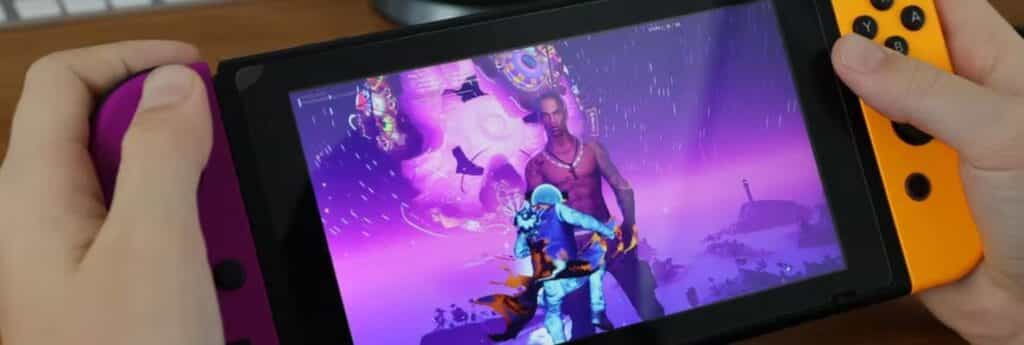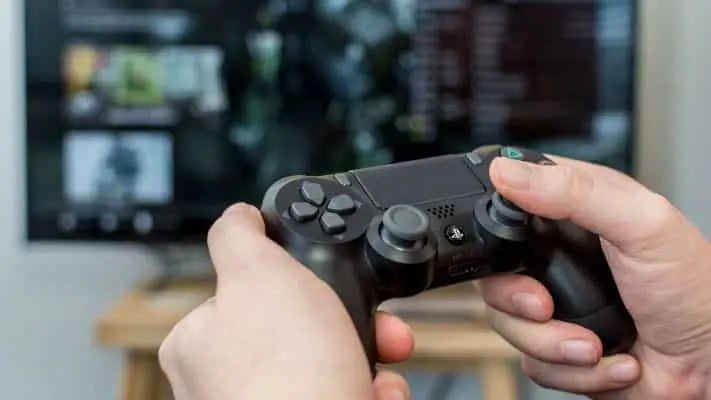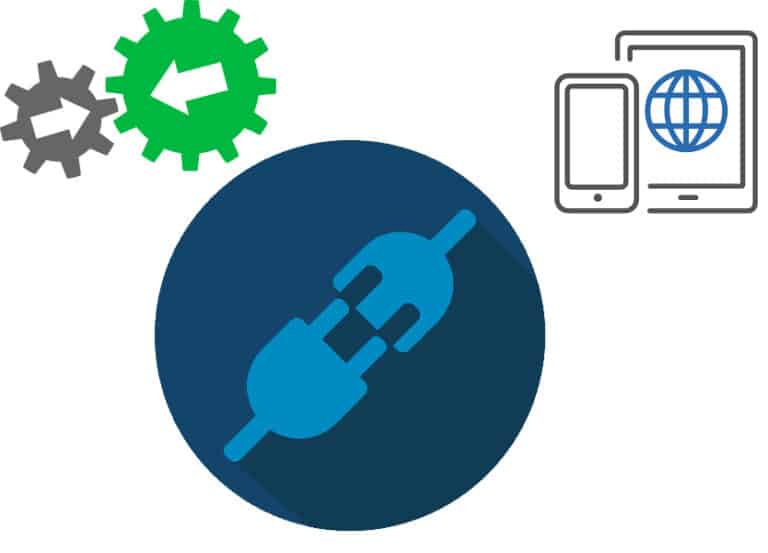One of the most popular features of gaming consoles is backward compatibility. However, not many know what being backwards compatible means. So, here is everything you need to know about backward compatibility.
What you will see?
Backwards Compatible

A hardware or software system that is backwards compatible can successfully use interfaces and data from previous versions of the system or from other systems. It is also known as downward compatibility or backward compatibility. By doing this companies can save the interest of posterity and preservation. For example, in the case of games, it means that a newer platform may play games that were initially built for an earlier console. Remasters or remakes, on the other hand, port or rebuild the game from the ground up for a new platform.
If prior versions have designs be forward compatible, or expandable, backward compatibility is easier to achieve. This requires built-in capabilities like hooks, plugins, or an application program interface that facilitates the addition of new features. When the two versions are on the same computer, the two versions cannot easily communicate data and may have functionality that causes issues or crashes. This is because the machine does not recognize which version is being referred to. Even if you remove the previous hardware, the leftover remnants may cause issues with the current version. Forward compatibility is a related idea that relates to developing software and hardware with a roadmap aimed toward future product compatibility.
Pros and Cons
Pros
- Protects your investment in outdated software and hardware.
- Increases the value and incentive to buy new hardware.
- Newer hardware that can run older apps or games may offer higher visuals or frame rates.
Cons
- The cost of maintaining obsolete software is a significant disadvantage for the developer.
- Increased complexity might lengthen the time it takes for a product to reach the market.
- There may also be technological stumbling blocks and a slower rate of innovation.
Applications of backward compatibility
Processors and operating systems
Backward compatibility exists between the x86 family of microprocessors and the 16-bit Intel 8086 CPUs launched in 1978. This is a useful feature since backward compatible processors can execute the same binary program instructions as to their predecessors. That is without the need for new software or operating systems.
Video games and consoles

Upgrading to the latest consoles can result in games or components being incompatible. As a result, there are various examples of backward compatibility in video game design and consoles in order to increase customer happiness. A few examples are as follows:
- Atari 2600 with the Atari 5200 and 7800
- Sega Genesis with the Sega Master System via add-on component
- Nintendo Game Boy Colour with the original Game Boy
- Microsoft Xbox 360 and the Xbox One can support some games released for their predecessors with emulation functionality
- Sony PlayStation 2 and PlayStation 3 consoles are compatible with the original PlayStation and, with Emotion Engine installed, the PS3 can play PS2 games
- PlayStation 5 can play all PlayStation 4 games, as well as use PS4 components
3G, 4G and 5G devices

The 5G phones available today are backward compatible with earlier generation networks in areas beyond the current 5G coverage. Furthermore, 4G phones will still work for those carriers planning to invest in more 5G towers. Unfortunately, most carriers have plans to phase out 3G coverage. So, if your phone is more than a few years old, it’s best to check with your carrier to confirm what type of service you have and what their plans are for phasing out 3G connectivity. Additionally, it’s important to note that 3G and 4G are not forward compatible. To obtain a 5G service, users will be required to upgrade to a 5G device.
Wi-Fi networking protocols
The latest wireless standard, Wi-Fi 6, or 802.11ax, is backward compatible with prior generations of equipment. However, it isn’t quite that straightforward. Due to the varied data speeds, you wouldn’t be able to connect an 802.11b device to a wireless local area network (WLAN) without considerable performance deterioration. Certain legacy devices require speeds of 1 to 2 megabits per second. So, most wireless networking professionals working in high-speed environments simply disable the slower rates. This is done to allow faster rates to take precedence. As a result, while Wi-Fi 6 is technically compatible, most networks will be set up for performance rather than past compatibility.
3DES encryption
The Triple Data Encryption Algorithm, or Triple DES, is a symmetric-key block cipher. It employs the Data Encryption Standard (DES) encryption algorithm three times per data block in cryptography. This is a far more powerful variant of the standard DES, which was designed in 1977 to safeguard sensitive data for government entities. Triple DES, or 3DES, has three keying possibilities, only one of which is backward compatible with DES.
Forwards compatibility
Forward compatibility, on the other hand, refers to the ability of older hardware to support software and peripherals intended for newer technology. The Xbox Series X’s Smart Delivery function, for example, effectively forwards compatibility because it allows Xbox Series X games to work on the Xbox One. Despite not supporting Xbox 360 games at launch, the Xbox One now supports 575 Xbox 360 games and 41 original Xbox games. Although this is a far cry from the 3088 games across both consoles, Microsoft is clearly concerned about game preservation. In fact, along with power and speed, Microsoft is emphasizing compatibility as one of the three cornerstones of the next Xbox Series X.
Backwards compatibility on the Xbox One is handled through software. In essence, the console transforms into an Xbox 360 in order to “fool” the software. While games are no longer being added to the compatibility list, this allowed the Xbox One to play some Xbox 360 (and original Xbox) games that were purchased digitally or on any old discs you might have lying around.
PlayStation 4 backwards compatibility

While early versions of the PlayStation 3 could play PS2 games, the device was eventually able to play original PlayStation One games purchased via the store. However, this was before rising hardware costs forced Sony to reduce the number of games available. Sony banked heavily on streaming services to make up the slack in terms of backwards compatibility with the PlayStation 4 generation. PlayStation Now allows users to stream games from their PS2, PS3, and PS4 consoles. PlayStation Now, which was originally a streaming-only service, now offers some PS4 titles as downloads. However those with slow internet connections should avoid it, and even those with fast connections may experience input lag in more reaction-based games.
Next-gen backwards compatibility
Both Microsoft and Sony have been weak in terms of backwards compatibility this generation. When it comes to PlayStation 5 information, Sony will offer backwards compatibility. Sony’s next-gen console will be backwards compatible with PSVR hardware and nearly all PS4 games. The PS5 will be backwards compatible with four generations of PlayStation titles, implying that the PS5’s game catalog will go all the way back to the mid-90s.
Meanwhile, Microsoft has announced that the Xbox Series X will enable backwards compatibility for Xbox 360, Xbox One, and original Xbox titles. These games will also benefit from better graphic fidelity, shorter load times, and higher resolutions. All Xbox One hardware will be backwards compatible with the Series X. Microsoft, on the other hand, is not just looking backwards, but also forwards. The Xbox Series X will include the Smart Delivery technology. You can view this as forwards compatibility in some ways. Smart Delivery appears to ensure that you have the correct version of a game, regardless of whatever Xbox platform you purchased it on.
If you buy a cross-generation game on the Xbox One, for example, you’ll have a beefed-up version waiting for you when you switch to the more powerful Xbox Series X. This will be standard in Microsoft’s first-party games, but it will be an optional feature for third-party developers and publishers.
Future of backward compatibility
Backward compatibility is expected to become obsolete in the near future. This is due to the drop in sales that comes with designing systems with backward compatibility. Moreover, the development of digital stores is a reason for this. This is especially common in the gaming community. To placate consumers, numerous console manufacturers have begun to release emulation systems as well as remastered consoles, allowing fans of old games to play remasters at a lower cost and with greater quality. This not only appeases older gamers but also introduces classic games and systems to a new, younger audience.
Conclusion
Games, consoles, and their accessories are all costly. You would want that if you invest your hard-earned money on a new gaming console or game, it won’t become obsolete in a few years. Backwards compatibility is crucial since it means you don’t have to throw away your old system and games in order to upgrade to the latest more expensive model. Moreover, with recent remasters and remakes, it’s clear that we enjoy playing old games, even if they’re not exactly how we remember them. If a computer can run the same software as a prior model, it is said to be backward compatible. Backward compatibility is vital since it prevents you from having to restart when you upgrade to a newer product. However, in order to benefit from new technology, it is often essential to forgo backward compatibility.
What do you think about backward compatibility? Tell us in the comments section below.
















